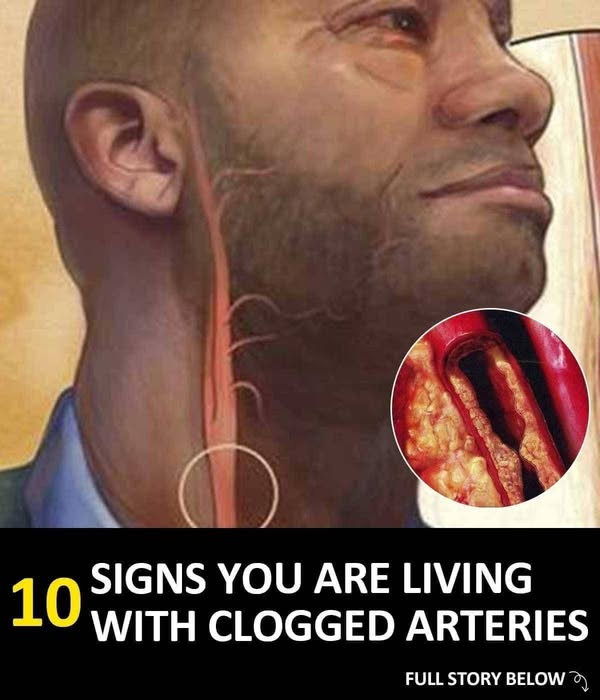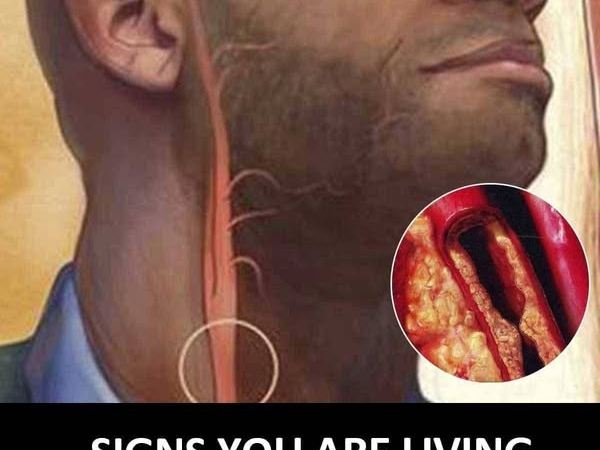Clogged Arteries: The Warning Signs You Can’t Ignore
Clogged arteries spell trouble—big time. They’re linked to serious health problems, with high blood pressure and heart attacks topping the list. But how can you tell if your arteries are clogged before things take a dangerous turn? The key is to listen to your body. Here are some telltale signs of clogged arteries that you might be overlooking.

10 Red Flags of Clogged Arteries
Arteries are the body’s highways for oxygen-rich blood, delivering it to your brain, organs, muscles, and even the tips of your fingers and toes. In healthy arteries, blood flows smoothly through clear, unobstructed pathways. Clogged arteries, however, have plaques building up on their walls. These plaques narrow the passageways, reducing blood flow and potentially blocking it completely, which can lead to a heart attack.
Spotting the Signs
Knowing the early signs of clogged arteries is crucial. The good news? Simple diet changes and regular exercise can often improve the situation. For more severe cases or if you have a family history of heart problems, your doctor might prescribe medications. If you notice any of these ten warning signs, don’t wait—schedule an appointment with your doctor right away.
- Nausea: Nausea is a common symptom of many health issues. While an occasional queasy feeling doesn’t necessarily mean clogged arteries, persistent nausea should prompt a visit to your doctor.
- Chest Pain (Angina): Chest pain, or angina, happens when plaque in the arteries reduces blood flow to the heart. It usually starts near the breastbone and can spread to the left arm, shoulder, jaw, or upper back. Ongoing chest tightness or pain is a serious sign that needs immediate medical attention.
- Shortness of Breath: Feeling out of breath after a workout is normal. But if you’re experiencing unusual breathlessness, especially when you’re at rest, it could signal clogged pulmonary arteries.
- Weakness or Numbness on One Side: Blockages in the carotid arteries (in the neck) can cause weakness or numbness on one side of your body. These arteries carry blood to the head, and any disruption can have noticeable effects.
- Slurred Speech: Slurring your words can be a sign of carotid artery blockage, whether it’s the branch that supplies blood to the brain or the one that reaches the tongue.
- Vision Loss: Sudden vision changes, like blurred vision or decreased sight, might be due to a clogged external branch of the carotid artery. See a doctor immediately if you notice these symptoms.
- Leg Pain: Unexplained leg pain could indicate clogged peripheral arteries (in the legs and arms). If you have pain in one leg without an obvious cause like an injury, it’s worth getting checked.
- Cold Feet: When blood flow is restricted, your extremities feel cold. Cold feet can be a sign that the arteries in your legs aren’t delivering blood properly.
- Slow Wound Healing: Feet and lower leg injuries need blood to heal. If wounds aren’t healing as they should, it might mean blood flow to those areas is compromised.
- Heart Palpitations: Any change in your heart rate should be taken seriously. Heart palpitations—feeling your heart pound, flutter, or beat irregularly—can be a sign that blood isn’t flowing as it should.
The Takeaway
Staying informed about the signs of clogged arteries isn’t about being paranoid. It’s about taking control of your health. Recognizing these symptoms and seeking medical advice can make all the difference. Don’t brush off unusual feelings—your health is too important.
Disclaimer: This content is for informational purposes only and isn’t a substitute for professional medical advice. Always consult your doctor or a qualified healthcare provider for personalized guidance.



